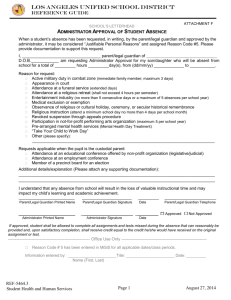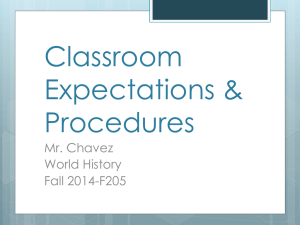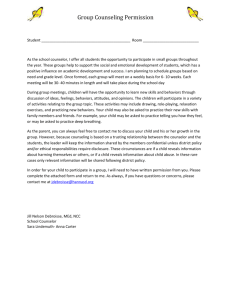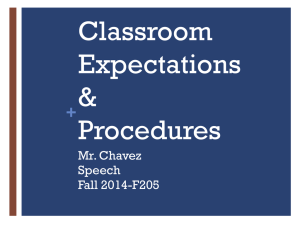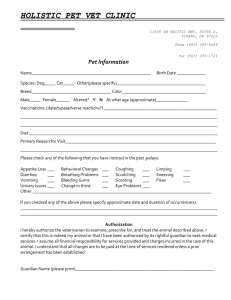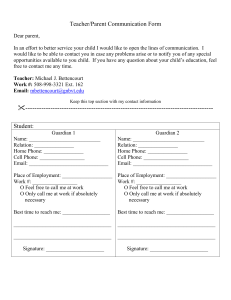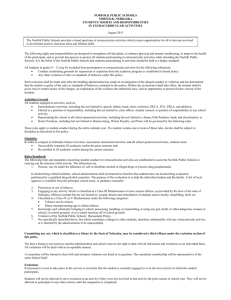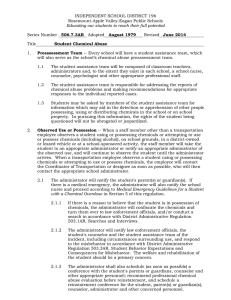New Student Orientation Guidelines
advertisement
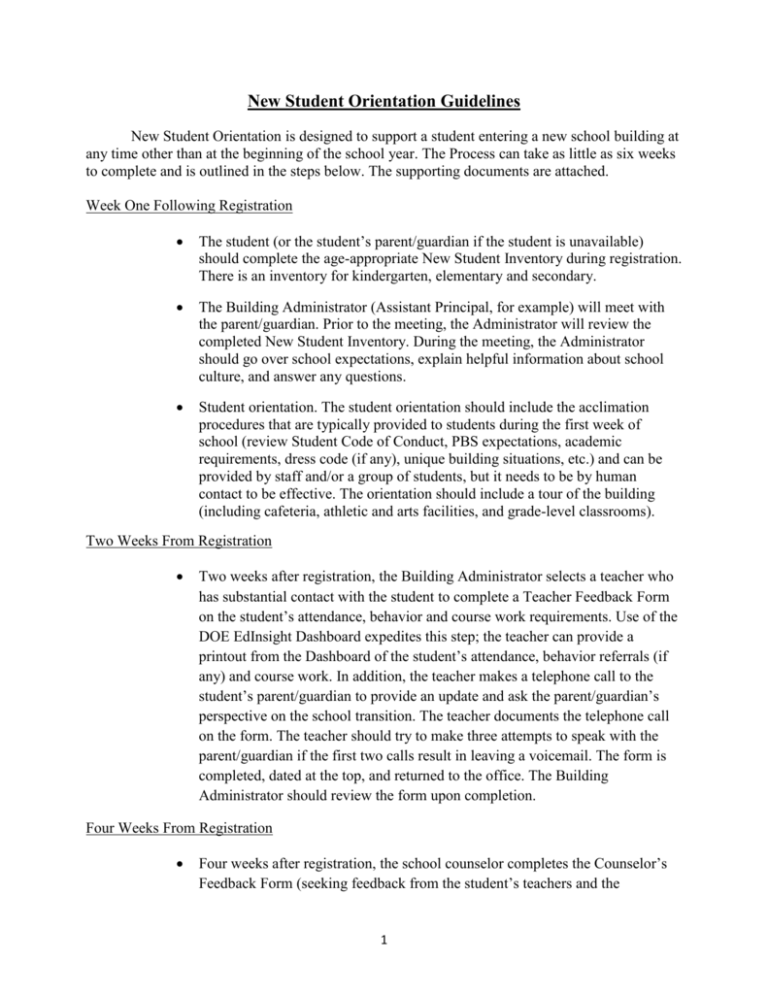
New Student Orientation Guidelines New Student Orientation is designed to support a student entering a new school building at any time other than at the beginning of the school year. The Process can take as little as six weeks to complete and is outlined in the steps below. The supporting documents are attached. Week One Following Registration The student (or the student’s parent/guardian if the student is unavailable) should complete the age-appropriate New Student Inventory during registration. There is an inventory for kindergarten, elementary and secondary. The Building Administrator (Assistant Principal, for example) will meet with the parent/guardian. Prior to the meeting, the Administrator will review the completed New Student Inventory. During the meeting, the Administrator should go over school expectations, explain helpful information about school culture, and answer any questions. Student orientation. The student orientation should include the acclimation procedures that are typically provided to students during the first week of school (review Student Code of Conduct, PBS expectations, academic requirements, dress code (if any), unique building situations, etc.) and can be provided by staff and/or a group of students, but it needs to be by human contact to be effective. The orientation should include a tour of the building (including cafeteria, athletic and arts facilities, and grade-level classrooms). Two Weeks From Registration Two weeks after registration, the Building Administrator selects a teacher who has substantial contact with the student to complete a Teacher Feedback Form on the student’s attendance, behavior and course work requirements. Use of the DOE EdInsight Dashboard expedites this step; the teacher can provide a printout from the Dashboard of the student’s attendance, behavior referrals (if any) and course work. In addition, the teacher makes a telephone call to the student’s parent/guardian to provide an update and ask the parent/guardian’s perspective on the school transition. The teacher documents the telephone call on the form. The teacher should try to make three attempts to speak with the parent/guardian if the first two calls result in leaving a voicemail. The form is completed, dated at the top, and returned to the office. The Building Administrator should review the form upon completion. Four Weeks From Registration Four weeks after registration, the school counselor completes the Counselor’s Feedback Form (seeking feedback from the student’s teachers and the 1 EdInsight Dashboard). In addition, the school counselor telephones the parent/guardian of the new student to determine how the first month has progressed, identify any possible issues that need to be resolved, and to answer any questions. The counselor documents the telephone call on the Counselor Feedback Form. The counselor should try to make three attempts to speak with the parent/guardian if the first two calls result in leaving a voicemail. The form is completed, dated at the top, and returned to the office. The Building Administrator should review the form upon completion. Six Weeks From Registration Student Team Meeting to discuss student’s progress: A team meets to determine one or more of the following: 1. Student is dismissed from New Student Orientation with no additional services; or 2. Student is placed in academic RtI; and/or 3. Student is placed in tiered behavioral support; and/or 4. Student is followed through Truancy Tracker and is monitored by Social Worker/Homeless Liaison/Visiting Teacher/School Counselor (depending on school structure). The team should be comprised of all adults who participated in New Student Orientation, the school nurse, and other support personnel as needed. If the student is not dismissed from Orientation, one team member should serve as a mentor to the student, and one team member who has access to the DOE EdInsight Dashboard should continue to monitor the student’s academics, behavior and course work, and report any issues to the team on a weekly basis (email is acceptable) until such time as the team determines that the student is ready to be released from oversight. A list of possible interventions, as needed, is also part of the New Student Orientation and can be used for guidance. Affective Student Engagement Includes: Developing a close relationship with the student. Showing the student that you care about him/her as an individual. Taking an active interest in the student’s own interests. Demonstrating high positive regard for the student. Praising the student for appropriate behavior. Helping a student learn to make positive peer and adult relationships. 2 Remember: you can be the difference between success and failure for every student. 3
